15 Lean Proteins That Are Both Healthy and Delicious
Maintaining a balanced diet often involves incorporating lean proteins that are not only nutritious but also enjoyable to eat. Lean proteins are crucial for muscle repair, immune function, and overall well-being. They are lower in fat and calories compared to other protein sources, which can help manage weight and promote heart health.
Whether you’re cooking at home or dining out, opting for lean proteins can make a significant difference in your diet. Here are 15 lean proteins that are both healthy and delicious, providing you with a range of options to suit various tastes and meal preferences.
Chicken Breast

Chicken breast is a classic choice for lean protein that’s versatile and easy to prepare. This cut of meat is low in fat and high in protein, making it ideal for supporting muscle growth and repair.
You can grill, bake, or sauté chicken breast, and it pairs well with numerous vegetables, grains, and spices. A single serving of chicken breast offers a substantial amount of protein without many calories, making it a staple in many healthy diets. For added flavor without extra fat, consider marinating the chicken in herbs, spices, or a light sauce before cooking.
Turkey

Turkey, especially the breast meat, is another excellent lean protein that is low in fat and rich in nutrients. Its mild flavor makes it a versatile ingredient that can be used in a variety of dishes, from sandwiches and salads to stir-fries and casseroles.
Turkey is also a good source of vitamins and minerals, including B vitamins and selenium. Ground turkey is a popular substitute for ground beef in recipes, providing a leaner option without sacrificing flavor. Cooking with turkey can help you maintain a healthy diet while enjoying hearty, satisfying meals.
Fish

Fish such as salmon, cod, and tilapia are outstanding sources of lean protein that offer numerous health benefits. These types of fish are not only low in fat but also rich in essential nutrients like omega-3 fatty acids, which support heart health and reduce inflammation.
Fish can be cooked in various ways, including grilling, baking, and poaching, and they pair well with a wide range of vegetables and grains. Including fish in your diet a couple of times a week can help you achieve a balanced intake of proteins and essential nutrients.
Greek Yogurt

Greek yogurt is a nutrient-dense food that provides a high amount of protein with relatively low fat content. Unlike regular yogurt, Greek yogurt is strained to remove excess whey, resulting in a thicker texture and higher protein concentration.
It’s a versatile ingredient that can be enjoyed plain, mixed with fresh fruit, or used in cooking and baking. Greek yogurt is also a good source of calcium, which supports bone health. Whether you’re using it as a base for smoothies or as a replacement for sour cream in recipes, Greek yogurt adds protein without adding unnecessary calories.
Eggs
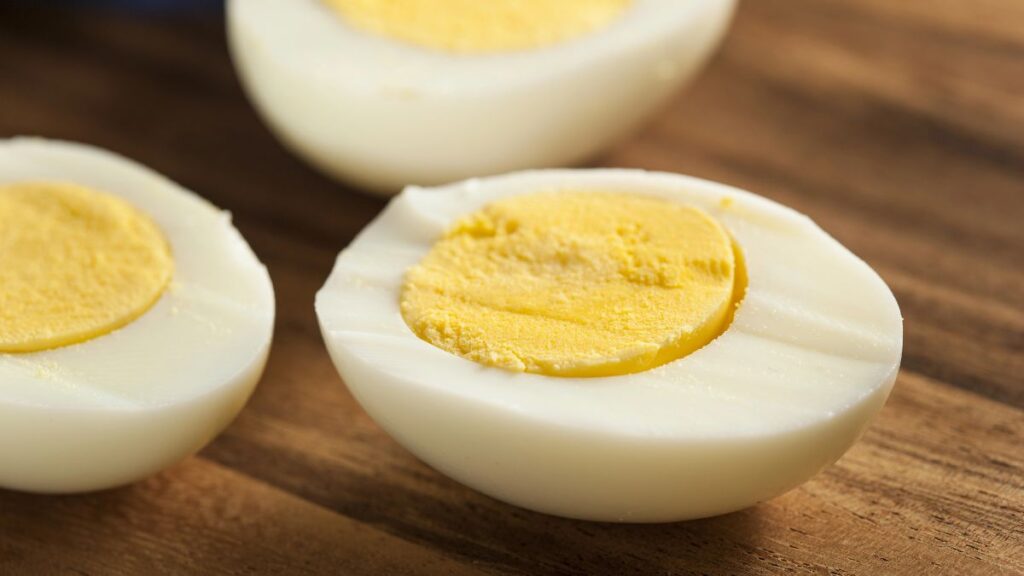
Eggs are a budget-friendly and versatile source of lean protein that offer a wealth of nutrients. They are rich in essential amino acids and can be prepared in various ways, including boiling, scrambling, and poaching.
Egg whites, in particular, are low in fat and high in protein, making them an excellent option for those looking to increase their protein intake while keeping calorie counts low. Eggs can be enjoyed on their own or incorporated into a variety of dishes, from omelets to baked goods. Their affordability and adaptability make them a staple in many healthy eating plans.
Lentils

Lentils are a fantastic plant-based protein that is both affordable and rich in nutrients. They are high in protein and fiber, making them filling and beneficial for digestive health. Lentils come in various types, including green, red, and brown, each with its own unique texture and flavor.
They can be used in soups, stews, salads, and even as a meat substitute in recipes like veggie burgers. Cooking lentils is straightforward, and they offer a hearty, nutritious addition to many meals.
Tofu
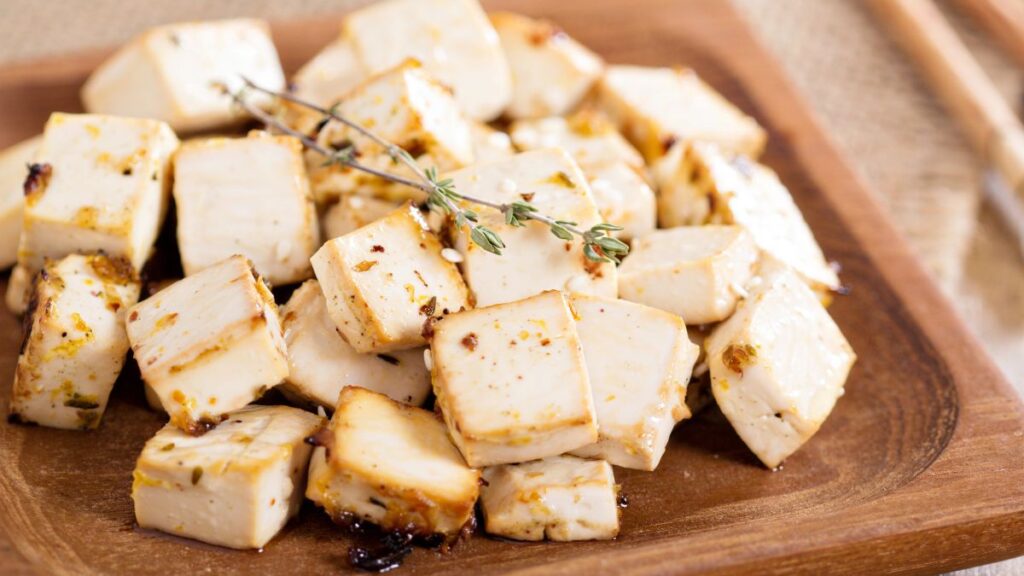
Tofu is a versatile soy-based protein that is ideal for those following a plant-based diet. It has a neutral flavor that easily absorbs the taste of the ingredients it’s cooked with, making it adaptable to a wide range of dishes.
Tofu is low in fat and high in protein, and it comes in various textures, from soft to extra firm, to suit different cooking methods. It can be grilled, sautéed, or added to soups and stir-fries. Its versatility and nutritional profile make tofu a valuable addition to any diet.
Cottage Cheese
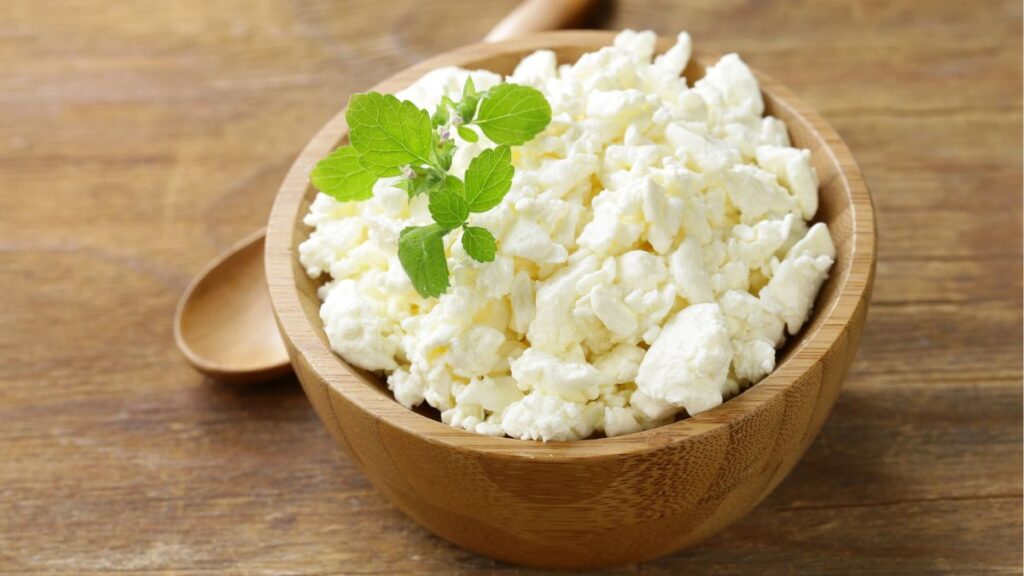
Cottage cheese is a dairy product that provides a high amount of protein with relatively low fat content. Its mild flavor and creamy texture make it a versatile ingredient for snacks, salads, and even as a substitute for ricotta in recipes.
Cottage cheese is also a good source of calcium, which supports bone health. You can enjoy it, mix it with fresh fruit, or use it as a topping for whole-grain crackers. Its nutritional benefits and adaptability make it a great choice for increasing your protein intake.
Quinoa
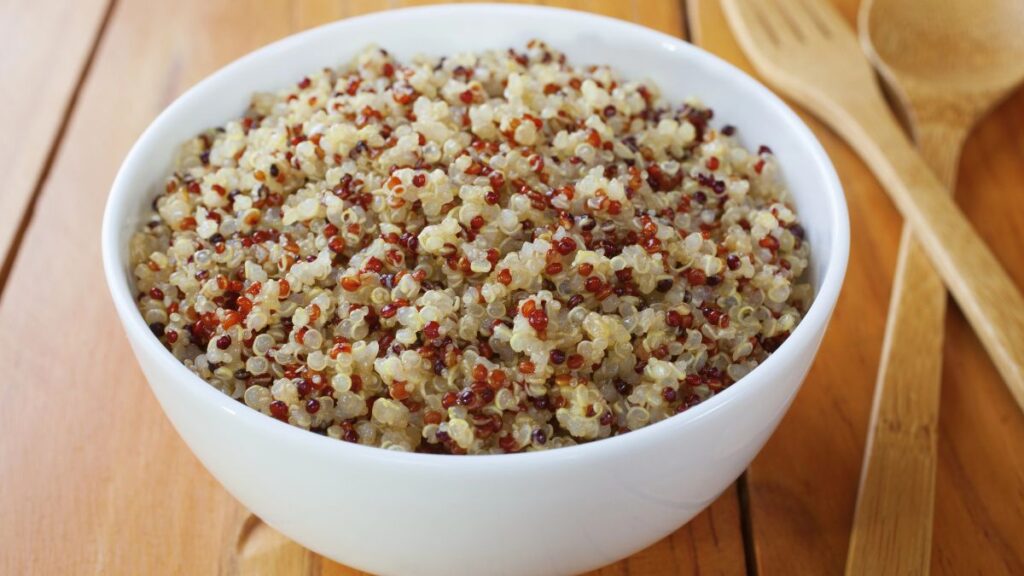
Quinoa is a complete protein containing all nine essential amino acids necessary for the body. This grain-like seed is a nutritious alternative to rice or pasta and has a slightly nutty flavor.
Quinoa cooks quickly and can be used in various dishes, from salads and side dishes to main courses. It’s also high in fiber and packed with vitamins and minerals, making it a healthy addition to any meal. Incorporating quinoa into your diet can help you achieve a balanced intake of proteins and essential nutrients.
Tempeh

Tempeh is a fermented soy product that offers a unique nutty flavor and a substantial amount of protein. It is a great option for those looking for a plant-based protein source and can be used in a variety of dishes, from stir-fries to salads.
Tempeh also contains probiotics, which can be beneficial for gut health. It can be grilled, sautéed, or added to soups and stews. Its versatility and nutritional profile make tempeh a valuable addition to a healthy diet.
Bison

Bison is a lean red meat that provides a rich, slightly sweet flavor while being lower in fat compared to beef. It is high in protein and essential nutrients like iron and zinc, which are important for overall health.
Bison can be used in place of beef for burgers, steaks, and stews, offering a healthier option without compromising on taste. For the best nutritional benefits, look for bison that is grass-fed. Including bison in your diet can provide a satisfying meal with a unique flavor profile.
Shrimp

Shrimp is a low-calorie, high-protein seafood that is both quick to cook and easy to incorporate into various dishes. It has a mild flavor and can be used in salads, pasta, or served on its own.
Shrimp is rich in essential nutrients, including iodine, which supports thyroid function. It’s a great choice for those who enjoy seafood and are looking for a lean protein source. Just be mindful of how it’s prepared, as breading or frying can add extra calories.
Skinless Chicken Thighs
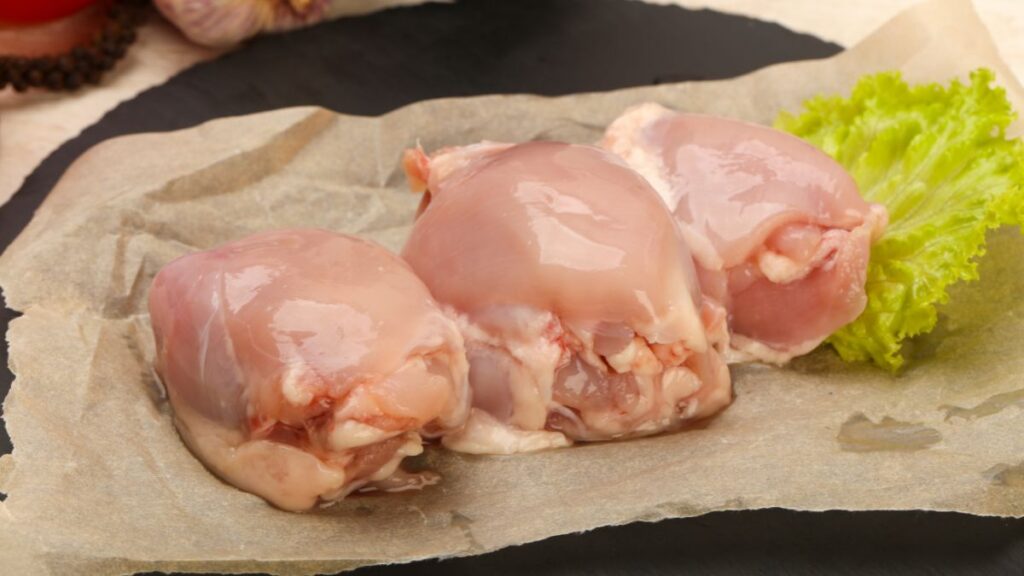
While chicken breasts are widely known for being lean, skinless chicken thighs can also be a healthy choice. They are slightly higher in fat but still contain significant protein. The meat is tender and flavorful, making it a popular recipe option.
Removing the skin helps reduce the fat content, making skinless chicken thighs a better alternative to traditional thighs. They can be roasted, grilled, or cooked in many different dishes, adding variety to your meal planning.
Venison
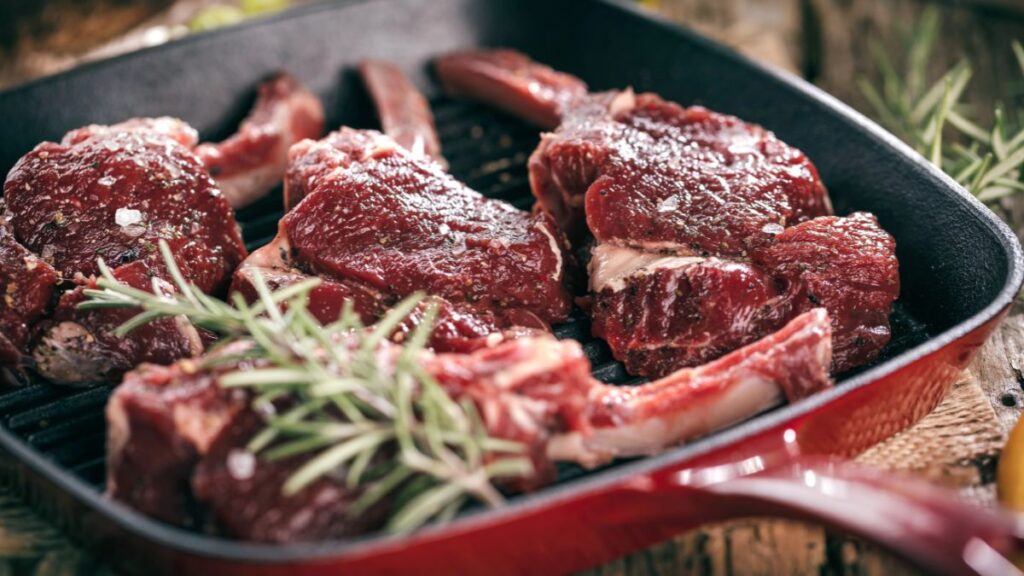
Venison, or deer meat, is a lean red meat that is lower in fat than beef. It has a rich, gamey flavor and provides high protein. Venison can be enjoyed in various forms, including steaks, roasts, and ground meat.
It’s a great option for those seeking a leaner alternative to traditional red meats. If you have access to venison, it can offer a unique taste experience along with its health benefits.
White Fish
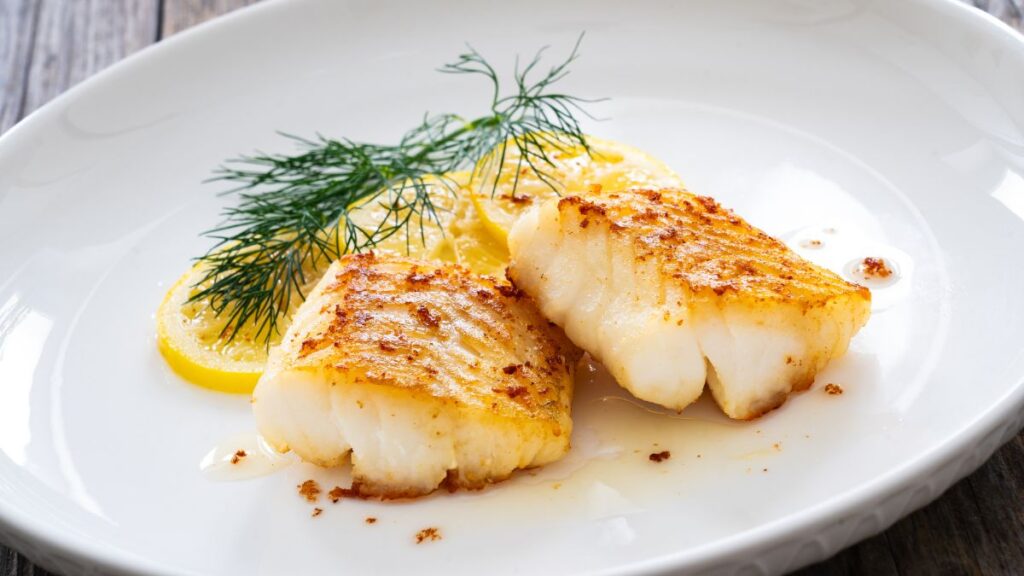
White fish, such as haddock, cod, and flounder, are excellent sources of lean protein that are low in fat and calories. These fish have a mild flavor and can be cooked in numerous ways, including baking, grilling, and poaching.
White fish is also rich in essential nutrients like omega-3 fatty acids, which are beneficial for heart health. Including white fish in your diet can help you meet your protein needs while keeping meals light and flavorful. It’s a healthy choice that adds variety to your diet.
15 Places Where You’re Expected to Tip—But You Really Don’t Have To

Tipping has become a widespread practice in many industries, with the expectation that you’ll leave a little extra for good service. However, not every situation truly warrants a tip, even if you feel pressured to give one.
15 Places Where You’re Expected to Tip—But You Really Don’t Have To
15 Most Annoying Habits of American Tourists When Dining Abroad

Traveling abroad is an exciting adventure, and dining in new places is a big part of the experience. However, some common behaviors by American tourists can be frustrating for locals and affect the dining experience.
15 Most Annoying Habits of American Tourists When Dining Abroad







